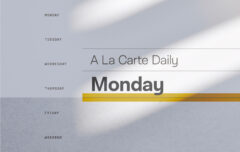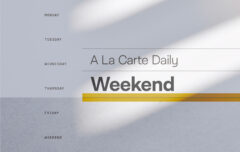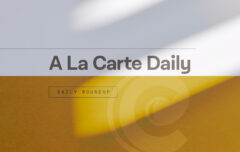When I was a teen, I went digging around the attic one day and found my dad’s old camera. Just finding it there sparked an interest in photography and I decided to learn how to use it. I quickly discovered, though, that photography is not easy. At least, in that era it sure wasn’t. I found I had to master the art and science of the exposure and to do that had to learn to use a light meter which, in turn, required a trip to the library. I also had to learn the strengths and weaknesses of the various options for film and had to find a shop capable of developing it. Because film was expensive, I had to take photos judiciously and make the most of each shot. When I finally did take some photos, the results were pretty pathetic. This all proved too much for me and I soon gave up.
Decades later I returned to photography and found the digital era had changed pretty much everything. Film is a vestige of the past and we are now constrained only by the size of our SD cards. Automation has taken over many of the basic functions of the camera. The rise of YouTube and tutorial sites provides free training. Photography has been completely transformed. Really, there is no excuse anymore to be a bad photographer. Today’s tools are just too good to justify it. Use the tools that are available and you should easily be able to snap some pretty decent photos.
But here’s the problem with that: An over-reliance on the built-in tools can keep us from learning the fundamentals of photography and without those fundamentals it’s tough to be better than decent. The photography field is now stuffed full of amateurs who can get some pretty good results with their automated cameras and their processing software, but it seems there are fewer professionals who really study the art and science of photography and whose work displays true excellence. (And, to be clear, I put myself firmly in the ranks of the amateurs…)
It occurs to me that what is true of photographers is, to some degree, true of preachers. Just as the modern era has given us such good tools that we have no excuse for taking bad photos, it’s given us tools that leave us no excuse for preparing bad sermons. Today’s tools are just too inexpensive and too good and too widely available for that.
Now, let me be clear: There are few guarantees in preaching. I recently spent all week prepping a sermon that I believe was fundamentally solid. Sunday morning came and I was so excited to preach it to the people I love. But as soon as I got to the front of the room, I experienced a bout of vertigo or something similar and fought the entire time to simply remain upright. I’m pretty sure my delivery was underwhelming, even while the content was sound. As I said, there are few guarantees.
But the point stands: We have amazing resources available to us today. We have no excuses for preparing sermons that do not deal faithfully with the text. We have no excuses for showing up on a Sunday morning with a sermon that has completed missed the point of a passage, that displays fundamental misunderstandings of key words, or that misses the connections between related passages. Even if we haven’t built a giant theological library in Logos or don’t have a bookcase stuffed full of all the latest commentaries, we have free access to hundreds of commentaries, Bible translations, dictionaries, word studies, and encyclopedias. We have vast collections of sermons by some of history’s great preachers. It’s all there for the taking.
Yet the caution we extend to photographers must be extended to preachers as well. The very tools that give us no excuse to preach bad sermons can prevent us from being skilled preachers. They can keep us from studying and learning the fundamentals without which it’s tough to be better than decent. It’s so simple to drift from reading a sermon as a means of learning how another preacher handled the text to full-out mimicking his message. It’s tempting to bypass the hard work of prayerfully pouring over a text to jump straight to those resources. The very tools that can help us can also hinder us. The tools can keep us from preaching poor sermons can also keep us from preaching excellent ones.










